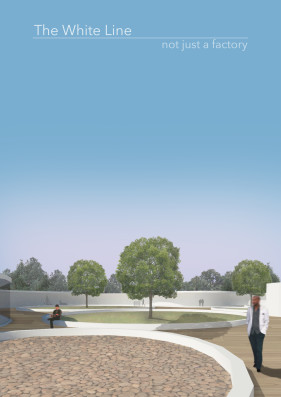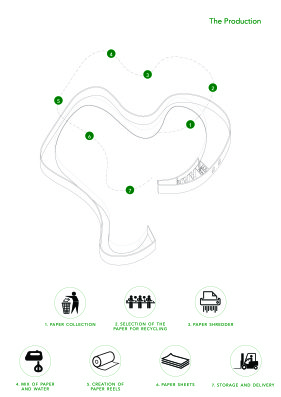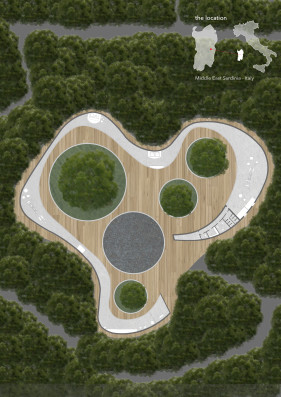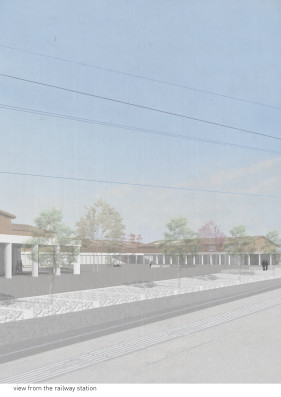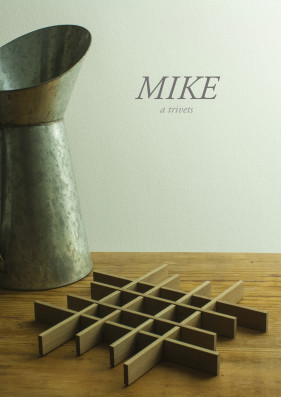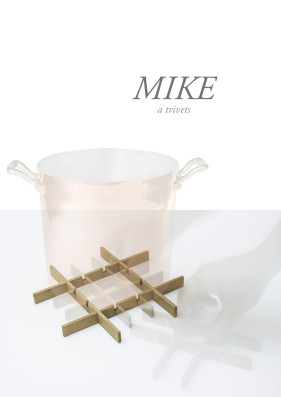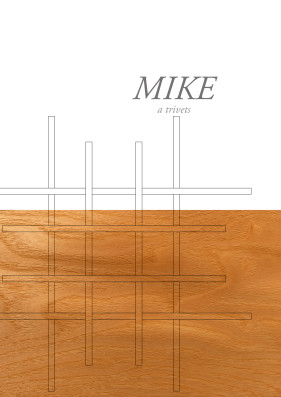TEAM: Marco Cannas, Eleonora Moi – Italian
NOT JUST A FACTORY
In a world where factories are seen as polluting buildings, sometimes also dangerous for our health, “The White Line” factory aims to be an innovative and unconventional project.
The first main characteristic is that the building is placed into a forest, but its structure (only five metres high) doesn’t deface this natural location, making this type of factory appropriate also for other landscapes. Moreover, the building has an unconventional shape (a white curvy line among hundreds of trees), which doesn’t make it resemble to a common factory.
In “The White Line” factory, ecological paper is produced following a completely natural process, from the raw materials collection to the storage and delivery of the final products. The unconventional aspect of this type of factory is that all the employees work in the same linear building, as a real assembly line, using raw materials offered by the forest (like leaves and dead wood, key materials of ecological paper production).
In addition to this, the factory is also a meeting point, a white line that draws a square in the middle of the forest and that hosts whoever wants to see the producing process or just have an hour or two outdoors.

